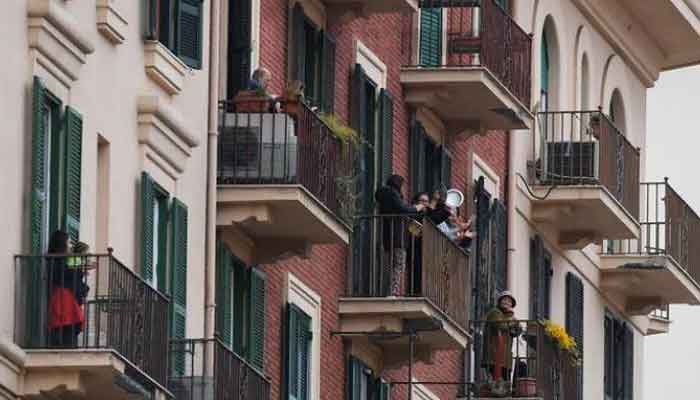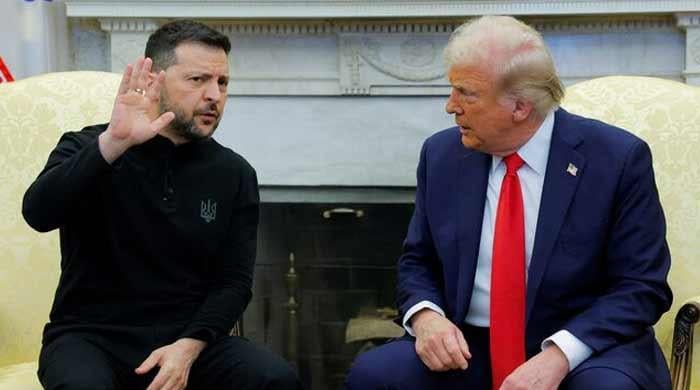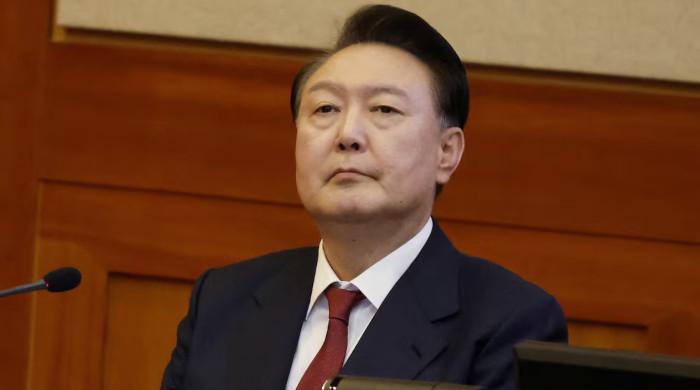Paralysed economies, devastated communities: How the coronavirus changed the world in 2020
More than 1.7 million people died from coronavirus, around 80 million people are known to have contracted the virus
December 27, 2020

- More than 1.7mn died, 80mn have contracted coronavirus worldwide
- Economies around the globe were pummeled due to the pandemic
- However, COVID-19 is far from the deadliest pandemic in history
Few could have guessed the impact a global pandemic would have on at least four billion people across the world, who were left confined to their homes when the novel coronavirus wreaked havoc around the globe this year.
More than 1.7 million people died. Around 80 million people are known to have contracted the virus, though the actual number is likely much higher. Children became orphans, grandparents were lost and partners bereaved as loved ones died alone in hospital, bedside visits considered too dangerous to risk.
"This is a pandemic experience that's unique in the lifetime of every single person on Earth," says Sten Vermund, infectious disease epidemiologist and dean of Yale School of Public Health. "Hardly any of us haven't been touched by it."
COVID-19 is far from the deadliest pandemic in history. Bubonic plague in the 14th Century wiped out a quarter of the population. At least 50 million succumbed to the Spanish Influenza in 1918-19. Thirty-three million people died of AIDS.
But contracting coronavirus is as simple as breathing in the wrong place at the wrong time.
"I went to the gate of hell and came back," said Wan Chunhui, a 44-year-old Chinese survivor who spent 17 days in hospital. "I saw with my own eyes that others failed to recover and died, which has had a big impact on me."
The scale of the global disaster was scarcely imaginable when on December 31, Chinese authorities announced 27 cases of "viral pneumonia of unknown origin" that was baffling doctors in the city of Wuhan.
The next day, authorities quietly shut the Wuhan animal market initially linked to the outbreak. On January 7, Chinese officials announced they had identified the new virus, calling it 2019-nCoV. On January 11, China announced the first death in Wuhan. Within days, cases flared across Asia, in France and the United States.
By the end of the month, countries were airlifting foreigners out of China. Borders around the world started to close and more than 50 million people living in Wuhan´s province of Hubei were in quarantine.
New disease, lockdown
AFP images of a man lying dead on his back outside a Wuhan furniture shop, wearing a face mask and holding a plastic bag, came to encapsulate the fear pervading the city. AFP could not confirm the cause of his death at the time. Emblematic of the horror and claustrophobia also was the Diamond Princess cruise ship on which more than 700 people ultimately contracted the virus and 13 died.
As the horror went global, the race for a vaccine had already begun. A small German biotech company called BioNTech quietly put their cancer work aside and launched another project. Its name? "Speed of Light".
On February 11, the World Health Organization named the new disease as COVID-19. Four days later, France reported the first confirmed death outside Asia. Europe watched in horror as northern Italy turned into an epicentre.
"It's worse than the war," said Orlando Gualdi, mayor of the Lombardy village of Vertova in March, where 36 people died in 25 days. "It's absurd to think that there could be such a pandemic in 2020."
First Italy, then Spain, France and Britain went into lockdown. WHO declared Covid-19 a pandemic. US borders, already closed to China, shut to much of Europe. For the first time in peacetime, the summer Olympics were delayed.
By mid-April, 3.9 billion people or half of humanity were living under some form of lockdown. From Paris to New York, from Delhi to Lagos, and from London to Buenos Aires, streets fell eerily silent, the all too frequent wail of ambulance sirens, a reminder that death loomed close.
Scientists had warned for decades of a global pandemic, but few listened. Some of the richest countries in the world, let alone the poorest floundered in the face of an invisible enemy. In a globalised economy, supply chains ground to a halt. Supermarket shelves were stripped bare by panic buyers.
Chronic underinvestment in healthcare was brutally exposed, as hospitals struggled to cope and intensive care units were rapidly overwhelmed. Underpaid and overworked medics battled without personal protective equipment.
"I graduated in 1994 and government hospitals were utterly neglected then," said Nilima Vaidya-Bhamare, a doctor in Mumbai, India, one of the worst-hit countries. "Why does it take a pandemic to wake people up?" she asked in May.
In New York, the city with more billionaires than any other, medics were photographed having to wear bin liners. A field hospital was erected in Central Park. Mass graves were dug on Hart Island.









